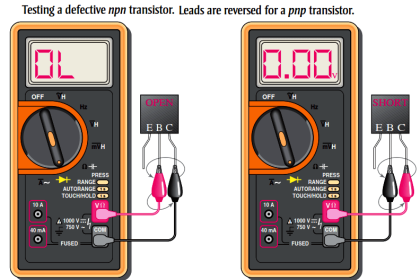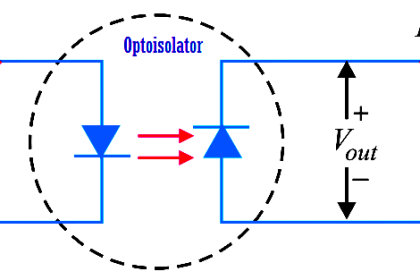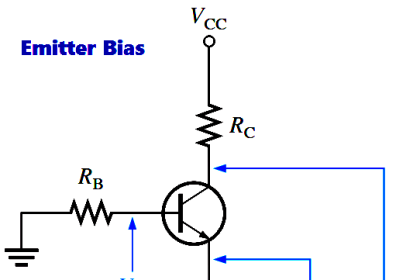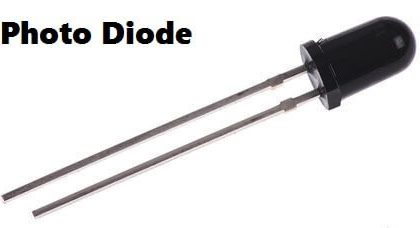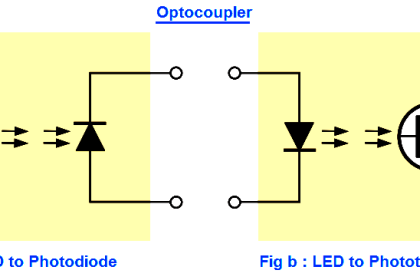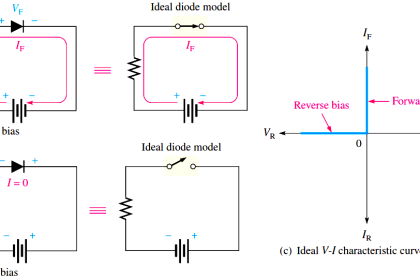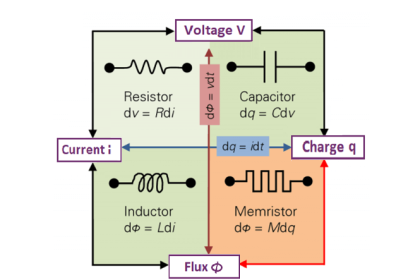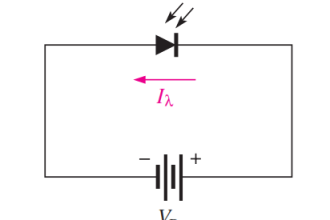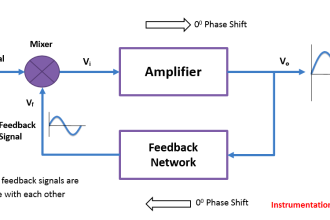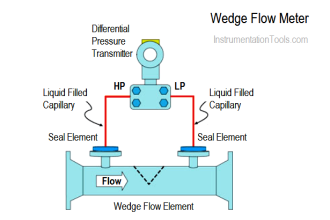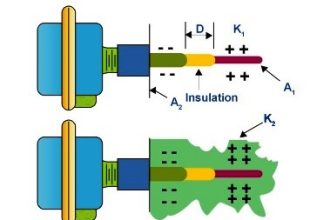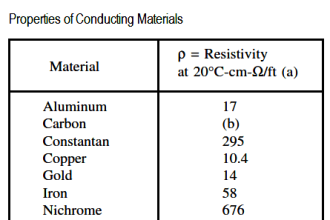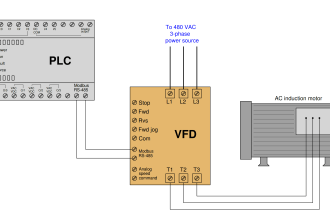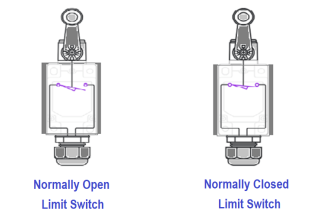A very basic component that all the engineers including instrumentation discipline should know about. A resistor is a passive component. It introduces resistance. Resistance is defined as the property of the material which opposes the flow of current. Since the resistors have no polarity they can be connected in the circuit in either direction.
R = (PL)/A
Where, R = Resistance (W)
L = Length of the conductor (m)
A = Area of cross-section of conductor (m^2)
P = Specific resistance or resistivity of the material.
This resistance value of a resistor depends upon physical dimensions of the resistor and resistivity of the conducting material used.
Resistors are used in electronic circuits to:
- Limit the flow of current
- Provide load
- Produce a desired voltage drop.
- To control gain
- Fix time constants etc.,
Types of resistors
Resistors are broadly classified into two types on the basis of the nature of value of resistance.
- Fixed resistor
- Variable resistor.
The below image is a chart on the types of resistors.
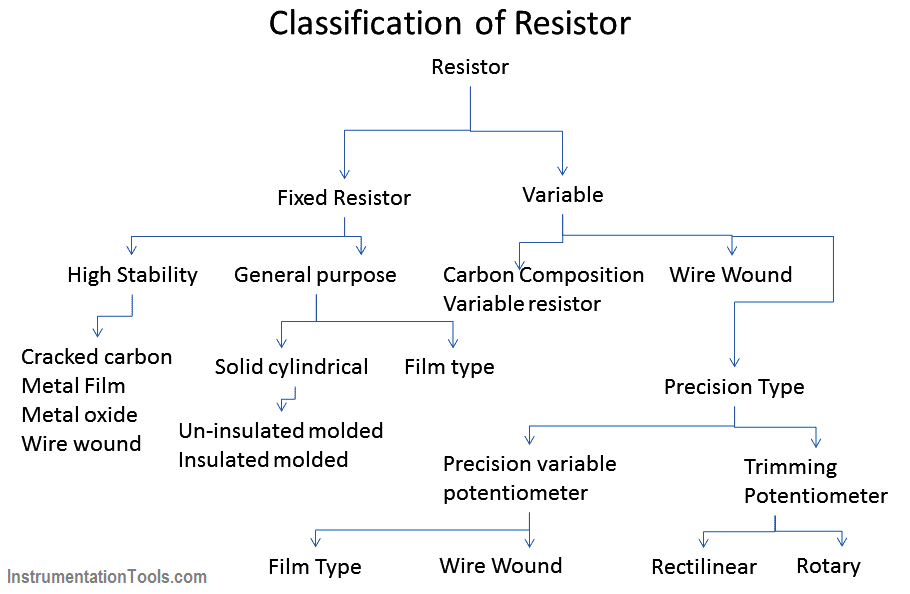
Fixed resistor
The fixed resistors are further classified into two types. They are
- High stability type
- General Purpose type
High stability type
High stability types are further classified into four types
- Cracked carbon resistors
- Metal film resistors
- Metal oxide resistors
- Wire wound resistors
General Purpose type
Carbon composition resistors are called general fixed resistors. They are two types.
- Solid cylindrical types
- Film types
Solid cylindrical type
is divided into two types
- Un- Insulated molded type
- Insulated molded type
General purpose variable resistors
This is divided into three types
- Carbon composition variable resistors
- Wire Wound Variable resistors
- Precision type variable resistors
Precision type variable resistors
This is subdivided into
- Precision variable potentiometers
- Trimming potentiometers
Precision variable potentiometers
It is divided into two types:
- Film types
- Wire wound type
Trimming potentiometers
- Rectilinear
- Rotary
